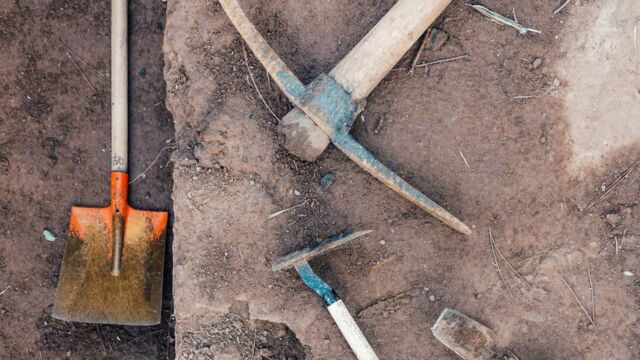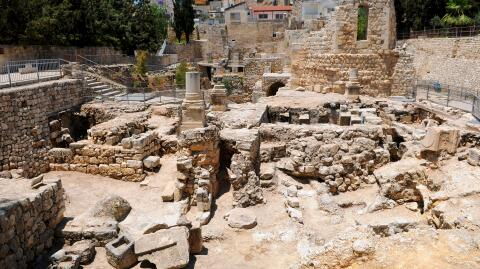Italian authorities have announced that a trove of 24 bronze statues has been found buried in thermal mud at a Tuscan spa town, San Casciano Dei Bagni, near Siena. The discovery is the biggest of its kind and experts say it will rewrite Italy's history from the Etruscan civilization to the Roman Empire, as per the Daily Mail.
Discover our latest podcast
The 24 partly submerged statues, which date back as far as 2,300 years include a sleeping ephebe lying next to Hygeia, the goddess of health, with a snake wrapped around her arm, in what experts are hailing as a sensational find.
Exceptional
Most of the statues date from between the 2nd century BC and the 1st century AD and were covered by almost 6,000 bronze, silver and gold coins. The hot muddy waters helped to preserve themin what Italian culture minister, Gennaro Sangiuliano, called an ‘exceptional discovery’, as per the Guardian.
The excavation project at San Casciano Dei Bagni has been led by the archaeologist Jacopo Tabolli since 2019. The archaeologist said his team had recovered 24 large statues, plus several smaller statuettes, and observed that it was unusual that they were made out of bronze, rather than terracotta.
Archeologists in Italy have discovered 2,300-year-old bronze statues dating back to ancient Roman times in thermal baths in Italy's Tuscany region https://t.co/BydqtpfxAspic.twitter.com/K5XTzTA261
— Reuters (@Reuters) November 9, 2022
The statues capture a snapshot of history where Roman and Etruscan civilisations converged and lived simultaneously in a time of great change. Describing the statues, Massimo Osanna, the director-general of museums at Italy’s culture ministry stated, as per The Times:
This was a moment when Rome was conquering Italy and the local Etruscan elite spoke Latin — what we are witnessing here is a hybrid culture. The statues have wrinkles, which is typical of that Roman realism.
Etruscan civilisation
The Etruscan civilisation prospered in Italy, largely in the central regions of Tuscany and Umbria, for 500 years before the arrival of the Roman Republic. The Etruscans had a strong influence on Roman cultural and artistic traditions. Describing the dynamic Tabolli said, as per CNN:
While there were social and civil wars being fought outside the sanctuary ... inside the great elite Etruscan and Roman families prayed together in a context of peace surrounded by conflict.
During the winter period work will be done on restoring the statues and conducting further studies on the relics and then excavations at the site will resume next spring. The artefacts will be housed in a 16th-century building recently bought by the culture ministry in the town of San Casciano.
Sources used:
- Daily Mail 'Discovery that rewrites Italy's history: More than two dozen bronze statues are unearthed after being perfectly preserved in Mediterranean mud for over 2,000 years - dig changes understanding of how ancient Italians transitioned into the Roman Empire'
- The Guardian ''Exceptional' trove of 24 ancient statues found immersed in Tuscan spa'
- The Times 'By the gods! Ancient statues rise from Tuscan mud'
- CNN 'Italy hails 'exceptional' discovery of ancient bronze statues in Tuscany'















